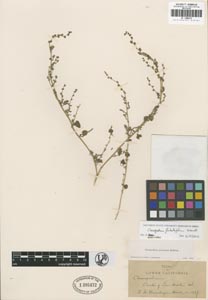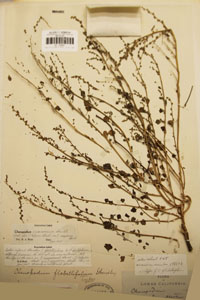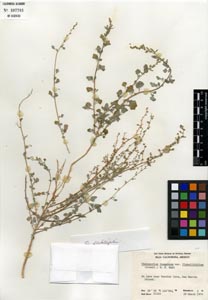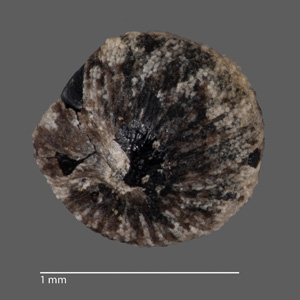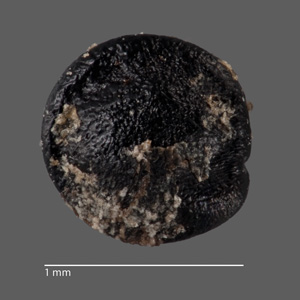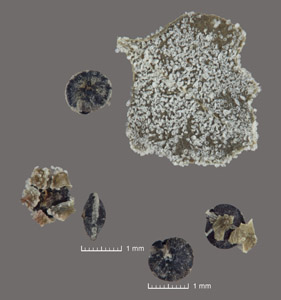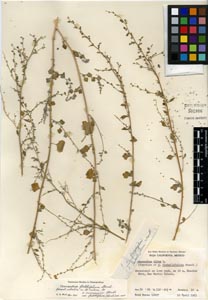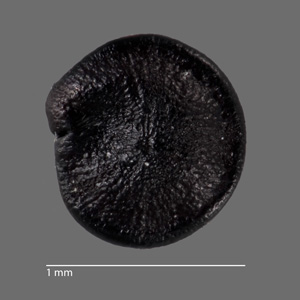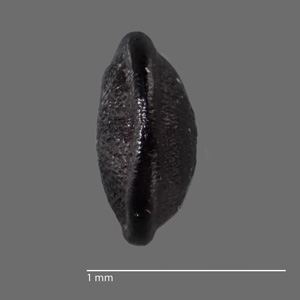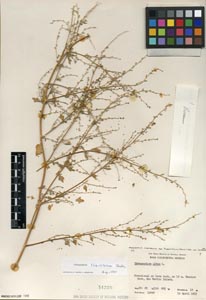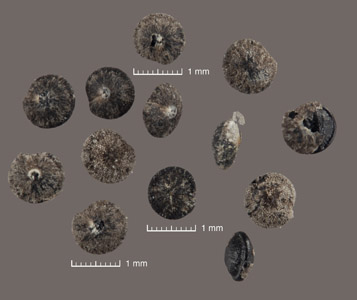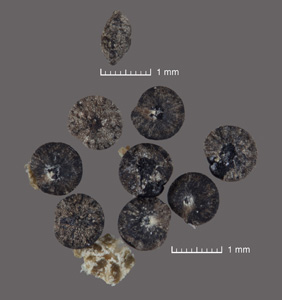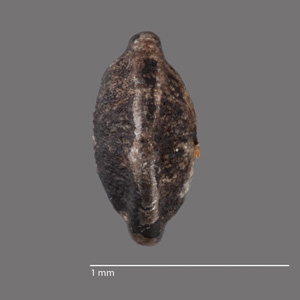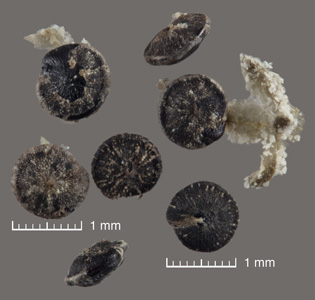Chenopodium flabellifolium Standley
North Amer. Flora 21: pp19. 1916
Etymology |
From the Latin flabellum=fan and folium= leaf. From having fan-shaped leaves. that deviate somewhat from the usual goose-foot shape leaf of other Chenopodium species |
Description: |
Plants very slender, 3 dm. high, much branched from the base, the branches ascending, terete, stramineous, finely and rather sparsely farinose; petioles very slender, equaling or usually longer than the blades, sometimes twice as long; leaf-blades flabelliform to very broadly rhombic, 4-10 mm. long, 4-12 mm. broad, commonly broader than long, broadly cuneate to truncate at the base, broadly rounded at the apex, mucronulate, entire or very obscurely 3- lobed, the lateral lobes entire or with 2 broad obtuse teeth, the terminal lobe entire or rarely obscurely and remotely dentate, densely and finely puberulent on both surfaces when young, becoming glabrate in age, the uppermost blades smaller and narrower, sometimes acute; flowers in very small glomerules, these in slender, interrupted, simple or narrowly paniculate spikes, the inflorescence nearly naked; calyx deeply 5-cleft, loosely farinose, the lobes broad, rounded at the apex, obscurely carinate, enclosing the fruit; pericarp adherent; seed horizontal, 1 mm. broad, black, lustrous, smooth, the margin acutish. -Standley |
Distribution: |
Mexico: BC: San Martin Island |
Synonyms: |
|
Type: |
T.S. Brandegee S.N. March 12 1987 |
Website Info: |
We thank all the Herbaria who have very generously have allowed us to display their images. All images with a RED outline were either provided by the linked Herbaria or given us access to their website to obtain such images, or they were scanned while on loan to us. Please see the credits and further information by clicking on the Herbaria acronyms. The specimens’ images without such red outline, were taken by us during our research visits. All fruit and seed images have been taken with the Visionary Digital Microscope System, Dun, Inc. Palmyra, VA by Lee Simpson at San Diego State University. Website development by Lee Simpson. Contact: sdsuherbarium@sdsu.edu |
Map:

Habitat and Field Images
Type Specimens:
Brandegee March 12 1987Specimens:
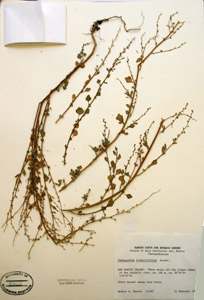 |
 |
 |
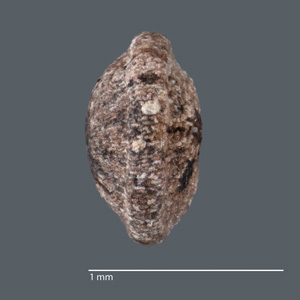 |
Thorne 61597
 |
 |
 |
 |
 |
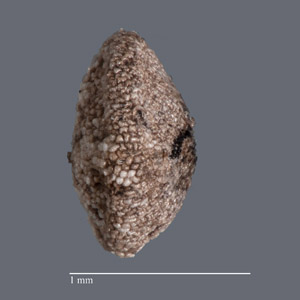 |
 |
SV 3/24/1980 21
Moran 21210 (overly-aged fruits)
Moran 10497 (pericarp lost)
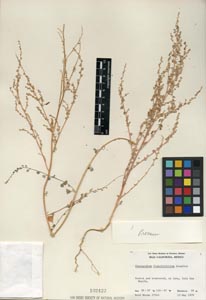 |
 |
Moran 27243
 |
Website development by Lee Simpson. Contact: sdsuherbarium@sdsu.edu

